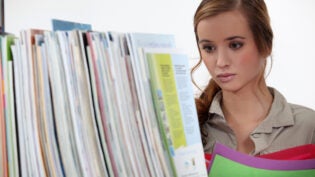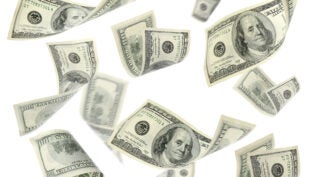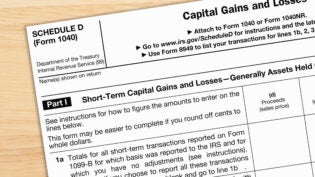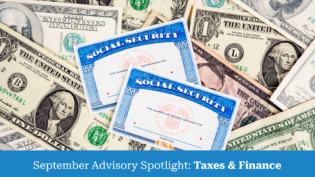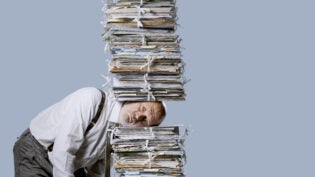What Small Business Owners Need to Know About Balance Sheets
By: TaxConnections
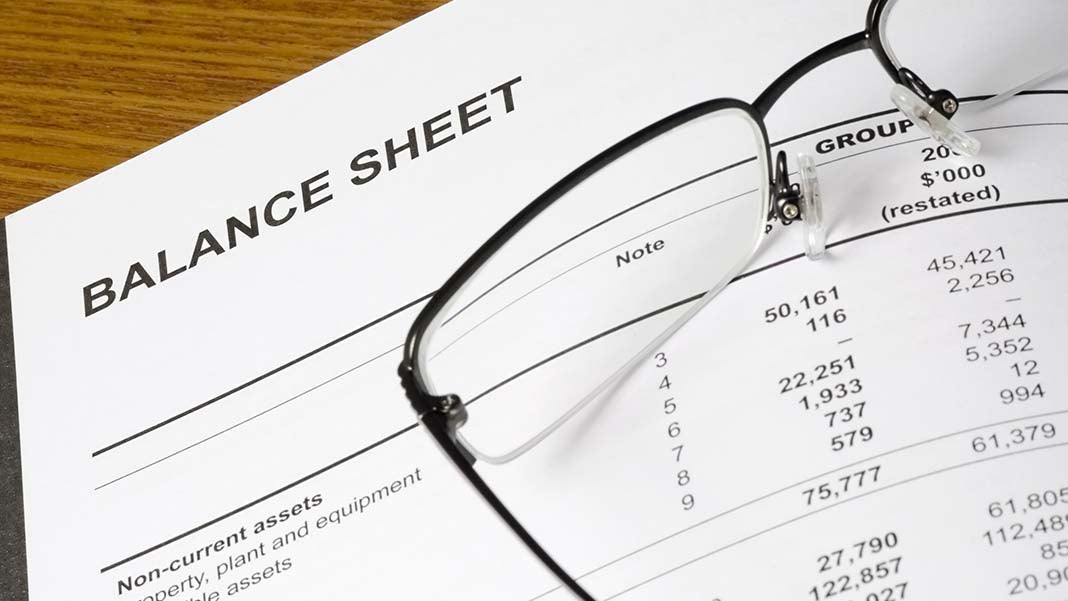
The most effective way for small business owners to be sure that they are aware of their company’s financial status is to have an accurate balance sheet that reflects the most current information available. By keeping this information up to date every quarter, you can help yourself avoid a lot of problems and surprises down the road.
A balance sheet provides you with an at-a-glance summary of your company’s financial health as of a specific day. It is broken down into what the business’s assets are, what the business’s liabilities are, and the amount of owner or shareholder equity. The balance sheet gets its name from the fact that the assets must be balanced by and equal to the liabilities plus the equity. Some business owners have found current balance sheets so helpful that they update them every month.
Understanding the Asset Portion of the Balance Sheet
When entering assets onto the balance sheet, the business owner needs to include everything that is owned by the business, whether current or liquid assets, fixed assets, or some other type of asset. Current or liquid assets include:
- Cash that is immediately available
- Money that is owed to you (Accounts Receivable)
- Products currently in stock (Inventory)
- Expenses paid in advance, such as insurance premiums
- Money-market accounts, investments and other securities
- Additional monies owed to you
Fixed assets are items that can’t be easily sold or moved, including equipment and furnishings, buildings, land and vehicles. In most cases these assets depreciate, or decrease in value. Beyond current and fixed assets, items that are intangible, such as goodwill, copyrights and patents, are also considered assets on a balance sheet. It is important to note that money that is owed to you that you expect will not be paid is classified as a Reserve for Bad Debts, which decreases the amount of the Accounts Receivable on the balance sheet.
Understanding the Liability Portion of the Balance Sheet
When entering liabilities onto the balance sheet, the business owner needs to include all of the business’s debts, both current and long term. Current liabilities include accounts payable, sales and payroll taxes, payments on short-term business loans such as a line of credit, and income taxes. Long-term liabilities are those that are paid over a longer period of time, generally over more than a year. These include mortgages and leases, future employee benefits, deferred taxes and long-term loans.
Understanding the Equity Portion of the Balance Sheet
When entering information onto the equity portion of the balance sheet, you should include the value of any capital stock that has been issued, any additional payments or capital from investors beyond the par value of the stock, and the net income that has been kept by the business rather than distributed to owners and shareholders.
Related Article: Don’t Lose Profits: Pay Close Attention to Your Financial Documents
In order to be sure that all of the information on the balance sheet is correct, you can double-check your numbers by subtracting assets from liabilities—the result should equal the equity amount. For more information on how to structure a balance sheet, check out this website: sample balance sheet.
The Value of a Balance Sheet
At first glance a balance sheet may look like an incomprehensible collection of numbers, but once you understand all of the various components and how they relate to one another, they will provide you with the opportunity to detect trends and spot issues before they become problems. Your balance sheet can alert you to:
- Times when inventory is outpacing revenue, thus alerting you to a need for better management of your inventory and production process.
- Cash flow problems and a shortage of cash reserves.
- Inadequacies in your cash reserves that are making it difficult to invest in continued growth.
Problems with collecting accounts receivables
The most essential tools that are available to you as a small business owner for gauging your operation’s financial health are the balance sheet, the income statement and the cash flow statement. If you are uncomfortable with preparing these documents for yourself or don’t have the time, then let a qualified professional take over and give yourself the information that you need.
Original Post By: Barry Fowler
Author: Barry Fowler is licensed to represent taxpayers before the Internal Revenue Service (IRS) and is a longstanding member of several tax industry professional organizations including the National Association of Enrolled Agents (NAEA), National Association of Tax Preparers (NATP), Texas Society of Enrolled Agents (TSEA), and the American Society of Tax Problem Solvers (ASTPS). With experience in the tax and finance industry spanning over twenty years, Fowler’s expertise includes tax resolution, personal financial planning, tax return preparation, financial statements, and general ledger bookkeeping. He has been instrumental in helping hundreds of people resolve complex tax issues with the IRS.



